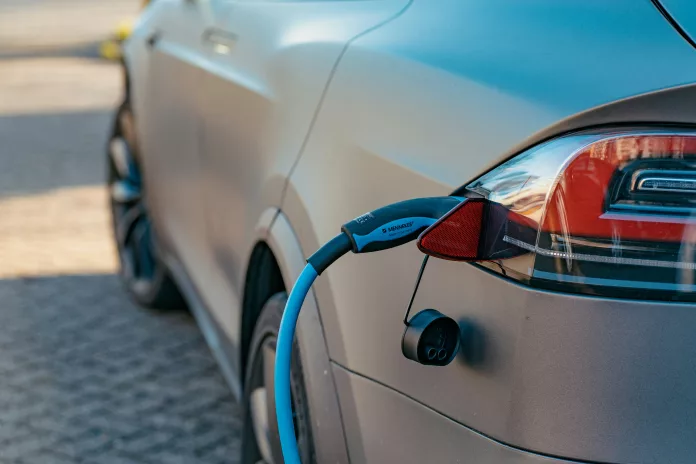The journey toward widespread electric vehicle (EV) adoption is filled with fluctuations that often get overlooked. Supporters of clean energy become exhilarated with sharp rises in EV sales, while skeptics point to any slowdown as evidence against the transformative power of green technologies. These fluctuations, however, reflect the typical ebbs and flows of a maturing market.
The Dance Between Demand and Production
Demand for EVs is inextricably linked to production capacity—when consumer interest spikes, production must follow suit to avoid a supply crunch and inflated prices. Conversely, once production soars, the market may experience a balancing out, with supply meeting or even exceeding demand, potentially leading to more affordable prices for consumers.
The Heart of the EV: The Battery Market
Central to the dynamics of the EV market is the cost of batteries, which directly influences vehicle pricing. Encouraging news comes from Goldman Sachs‘ analysis, predicting a significant reduction in battery costs by 2024 and 2025, which could consequently lower EV prices and accelerate sales.
A Closer Look at Battery Pricing Trends
Battery pricing is anticipated to drop dramatically in the coming years, influencing EV affordability. Goldman Sachs, with its extensive market data, offers insights suggesting we may see a nearly 40% decrease in battery costs between 2023 and 2025. While projections this precise are challenging, particularly for EV market shares years down the line, there’s a cautious optimism for a future where EVs are not just the cleaner, but also the more economical, option.
Why Are EV Battery Prices Expected to Fall?
According to Goldman Sachs, two primary factors will drive down battery prices: declining costs of battery materials and continued innovation in battery manufacturing, including the use of more efficient materials like silicon and potential breakthroughs in solid-state battery technology—though the latter remains more of an aspiration than an imminent reality.
Policy’s Role in Shaping the EV Landscape
Legislation also plays a pivotal role in guiding the EV market. The Inflation Reduction Act in the US and robust pro-EV policies in Europe underscore the impact of policy on technological advancement. Though political winds can be fickle, the current regulatory climate, bolstered by these policies, serves as a sturdy sail toward transition into electric transport innovation.
The Future of Electric Vehicle Market Dynamics
Goldman Sachs’ forecast for a steep decline in EV battery costs points to a future where EVs may reach cost parity with internal combustion engine vehicles without the need for subsidies. This landmark shift could remove a significant barrier to wider EV adoption, showcasing the multitude of benefits that electric cars offer, such as convenient charging, a smoother ride, and cleaner air. With the prospect of reaching price equivalence in certain markets, the EV sector anticipates an exciting period of growth over the next two years.


























